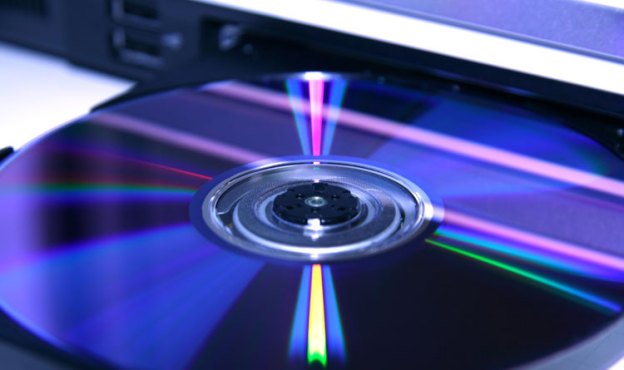
Like cassette tapes and floppy disks, there are many who believe optical discs are on their way out. As flash memory is now abundant and continuously increasing in size while decreasing in price, they’ve become an easy, quick, and efficient way to store files. Consumers have embraced digital music downloads over buying music on CDs, while DVDs could face a similar situation as more people are streaming and downloading movies; Blu-ray discs aren’t exactly flying off store shelves, either. Then you have Apple – often the bellwether in how computers will look – which is getting rid of the optical drive from its machines altogether.
Of course, whether the optical disc is dying or not depends on whom you ask. Some will point out that consumers are still buying DVDs for their movies fix, as it’s still a faster, cleaner solution to watching flicks at home. In the same argument, many will point out that limited bandwidth coupled with large file sizes are still hurdles in the entertainment experience if you want to download a movie or video game quickly to enjoy. Although that could soon change as well, one area that Sony and Panasonic sees the optical disc thriving is in the archival business, which is why the two electronics giants have announced they will jointly develop the next-generation optical disc standard that could hold at least 300GB of data. The companies hope to achieve this by the end of 2015.
Sony and Panasonic are both pioneers in optical disc technologies, and they see the format’s next evolution in the increasing need for large-capacity professional/business data storage. Citing durability, the companies say the optical disc is an ideal medium for long-term content storage. “Both Sony and Panasonic recognized that optical discs will need to accommodate much larger volumes of storage in years to come given the expected future growth in the archive market, and responded by formulating this agreement,” the companies said in a joint statement.
Sony and Panasonic will further the work they have already independently started: Sony created a file-based optical disc archive system that houses twelve optical discs within one cartridge, while Panasonic has a system that uses a 20.8mm magazine that contains 100GB optical discs. The goal, of course, is not to create a system that reads cartridges of multiple discs, but a single disc with large capacity.
Although hard disk and flash drives are getting cheaper by the day, optical discs are attractive in that they are relatively cheap and robust. But for things that demand high capacity – whether it’s archival storage, data center backups, or video production of uncompressed high-definition files, for example – today’s optical discs have limited capacities. For these pro uses, a super-high-capacity disc offers advantages, but consumers could benefit as well: data hungry content like video games and higher-definition movies will still need a viable delivery system.


